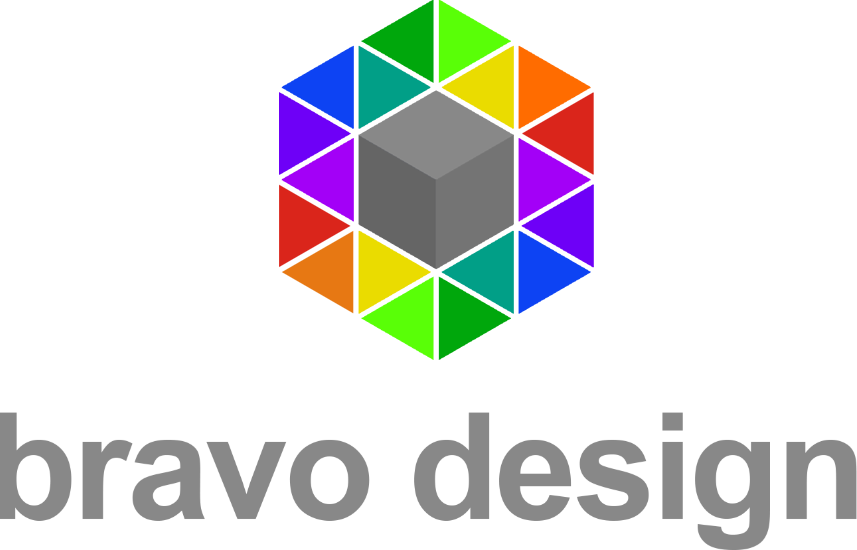
Introduction
The Kanban Method is a method for lean production and continuous improvement. It was developed by Toyota in the 1940s, and was first described in English by David J. Anderson in his book “The New New Product Development Game”
The Kanban Method can be used to improve processes by removing bottlenecks such as overproduction or inventory issues. The goal is to move work through the system quickly so that no one person has control over more than one step at any given time. This way, there’s always someone working on each task—and they’re always doing something different!
What KANBAN stands for
Visibility: You will be able to see everything which is necessary for your work. This means that all tasks and all projects have to be visible, so you can easily assign them to people who are responsible for them.
Limit WIP (work-in-progress): The WIP limit has to be set according to the actual workload of a team member. In order not to waste resources on projects which are not finished yet, it is important that no more than 50% of WIP is allowed at any time per person or project. This means that if you have 100 tasks available in your backlog but only 60% can be completed due to other priorities coming up first then at least 30 must remain as “available”.
Manage Flow: In order to manage flow better within the sprints or iterations there has always been a need for having dedicated team members who are able answer questions regarding their own area of responsibility within an organization thus reducing dependencies between departments/fields.
The KANBAN principle
The KANBAN principle consists of these dimensions that have to be considered. They shape the characteristics of an agile management model.
On-demand: the customer is not waiting for something from you; instead, you need to react quickly and efficiently in order to satisfy customer needs
Just-in time (JIT): your products or services have to be delivered before they are needed by customers so that they can be consumed immediately
Lean: you don’t waste resources or money on things which are not required or useful; this includes redundant processes and procedures
VISIBILITY
The KANBAN Principle helps you visualize your workflow. It helps you quickly see at a glance the steps that need to be completed and when they need to be completed. It can also help you identify bottlenecks in your workflow and how they could be resolved by adding more staff or making other changes, such as developing new processes or automating tasks with technology.
Limit WIP (work-in-progress)
By limiting the amount of work that you have on your project, you can more accurately assess how much time it will take to complete. If your team is working on multiple projects simultaneously, getting in sync with each other about what needs to be done first can help keep track of everything that needs attention.
MANAGE FLOW
Flow is a measure of how much work is in progress at any given time. The Kanban board shows the flow of work, and it’s important to understand that there are two kinds of flow:
Historical or historical-based flow: the number of tasks (tasks) you have on your board and how many people are working on them
Live or current-based flow: the number of tasks in progress, how many people are working on them and whether they’re moving forward or backward
The limiting WIP helps manage both types of flows. A limiting WIP means that if you have one task remaining on your board after adding all new items, then no more tasks can be added until that task has been completed. This process helps keep historical-based flows from growing too large while allowing current-based flows to move forward smoothly towards completion
IMPROVE COLLABORATIVELY (KAIZEN)
The KANBAN principle is all about improvement. Improvement is a continuous process, and it can be achieved by identifying issues and solving them, then repeating this process again. This is not always easy because people may not want to change their behavior—but if you’re willing to work with each other as a team and help each other improve, then you’ll eventually get results!
The KANBAN principle teaches us that we need to improve collaboratively (KAIZEN). We can’t do it alone; we have to work together as a team in order for our organization’s goals & objectives to be met!
The principles of KANBAN can improve your workflow as a team member and help to communicate better with your colleagues
The KANBAN Principles are a set of guidelines that can help you to improve your workflow as a team member and help to communicate better with your colleagues.
The first principle is Kaizen (改善), which means “improvement”. This refers to small, incremental changes that lead to big improvements over time. For example, if there are three people in an office who have been working together for years but none of them knows how the other two work or what they do, then Kaizen could mean introducing some change in their daily routine so that their interactions become more productive than before.
This principle also applies when dealing with other people outside our own group(s) too – whether these are suppliers/customers/clients etc…
Conclusion
I hope this article has inspired you to take the KANBAN principles into your workplace. Being able to see where each of these dimensions fits in your own organization will make it easier for you to use them effectively and make improvements as needed.

